Introduction to Dungeons and Dragons
Welcome, adventurers, to the mesmerizing world of Dungeons and Dragons! Imagine a realm where your imagination knows no bounds, where you can be a mighty hero battling dragons or a cunning rogue outwitting adversaries. Picture gathering around a table with friends, your favorite snacks close at hand, and embarking on epic quests that transport you to mythical realms.
In a time when video games dominate the gaming landscape, Dungeons and Dragons remains an enchanting beacon for those seeking a unique tabletop roleplaying experience. It is the granddaddy of all RPGs – an intricate tapestry of storytelling, strategy, and camaraderie that has captivated gamers for decades.
But do you really need figures to embark on these extraordinary adventures? The answer might surprise you!
Some may recall tales from veteran players who reminisce about epic battles fought with intricately painted miniatures. These tales evoke memories of heroes charging across sprawling landscapes as hordes of menacing creatures loomed in the distance. While figures can certainly enhance your gaming experience by visually representing characters and monsters alike, their use is not essential.
Dungeons and Dragons is first and foremost a game fueled by creativity; it takes place within “the theater of the mind.” As the Dungeon Master weaves his or her tale, players use their incredible imaginations to envision towering castles or treacherous dungeons. Your mind becomes the canvas upon which thrilling adventures are painted.
Whether gathered around a table or connecting remotely via virtual platforms like Roll20 or Fantasy Grounds (which simulate maps and tokens digitally), the heart of Dungeons and Dragons lies in collaborative storytelling rather than physical trinkets. Characters are brought to life not through plastic figurines but through vivid descriptions that paint mental pictures even more vibrant than any sculpted resin could capture.
So fear not if your budget doesn’t allow for an army of meticulously crafted miniatures – all you truly need is passion for adventure brewing within your soul!
In the following sections, we’ll explore different play styles and delve into the pros and cons of using figures. We’ll also consider alternative options for representing characters and how figures can enhance your roleplaying experience. By the end of this guide, you’ll have a better understanding of whether figures are right for your game.
Prepare to embark on a journey like no other, where imagination reigns supreme and friendships are forged through heroics. Embrace the realms that await you in Dungeons and Dragons, where legends are born with every roll of the dice!
Exploring Different Play Styles
When it comes to Dungeons and Dragons, there’s no shortage of play styles to suit every adventurer’s preferences. Whether you prefer a tactical approach or thrive on improvisation, this game offers a diverse range of options that cater to different tastes.
One popular play style is the “Combat Aficionado.” These heroes relish the adrenaline rush of battle, strategically planning their every move like a grandmaster on a chessboard. With their trusty figures in hand, they meticulously position their warriors, ready to unleash devastating attacks or defend against incoming threats. Every swing of the sword and spell cast is delicately orchestrated with an eye for strategy.
On the other end of the spectrum lies the “Roleplaying Maestro.” These players dive deep into character development, fully embracing their alter egos as they navigate intricate stories and moral dilemmas. Whether it’s giving impassioned speeches during court hearings or engaging in heartfelt conversations with NPCs (non-player characters), these adventurers let their words paint vivid pictures rather than relying solely on visual representations.
For those seeking something truly unique, there are even play styles that eschew figures altogether. The realm of “Theater of the Mind” beckons those who favor immersion above all else. Here, descriptive storytelling reigns supreme as players visualize entire worlds within their minds’ eyes. There are no miniature armies battling it out; instead, epic encounters unfold through vivid descriptions and imaginative dialogue.
Each play style offers its own distinct flavor and appeal – from fireballs exploding across miniature landscapes to whispers shared between characters in hushed tones.
Whether you’re an aspiring tactician itching for intense battles or an actor at heart yearning for deeply emotional roleplaying moments, Dungeons and Dragons accommodate all preferences. Step into this vast realm where imagination takes center stage – discover your ideal play style and prepare to embark on unforgettable adventures!
Understanding the Use of Figures
Figures in Dungeons and Dragons serve as visual representations of characters, monsters, and the fantastical world around them. While not essential to gameplay, understanding their use can enhance your overall gaming experience.
Imagine this: you’re in the midst of an intense battle against a fearsome dragon. With a flick of your imagination, you envision its immense size, scales glistening in the sunlight. Yet, for some players, having a physical figure to represent that majestic creature adds another layer of excitement. Miniatures can bring these epic encounters to life on the tabletop battlefield.
Beyond combat scenarios, figures can aid in exploration as well. As your adventuring party uncovers mysterious ruins or navigates treacherous dungeons, placing little tokens depicting their characters can provide a tangible sense of progress and spatial awareness.
However, figures are not limited to heroes alone – they also breathe life into NPCs and adversaries. Your friendly neighborhood blacksmith or nefarious villain lurking in the shadows take shape through these tiny sculpted icons. They become more than just words on a page; they become vibrant personalities within your shared storytelling experience.
These fantastic figurines offer both aesthetic pleasure and practical utility. They help players visualize complex tactical situations while fostering engagement with the game world. Whether meticulously painting them yourself or purchasing pre-painted options (saving time for more adventuring!), figures add an extra dash of whimsy to your Dungeons and Dragons sessions.
Remember though: while figures have their merits, it’s ultimately up to you whether they align with your preferred play style and budgetary constraints. Whether you choose to wield miniature armies or rely solely on vivid descriptions is entirely up to you!
In our next section, we’ll explore both sides of the coin by examining the pros and cons of using figures in depth.
Pros and Cons of Using Figures
When it comes to using figures in Dungeons and Dragons, there are advantages and disadvantages that players should consider. Let’s explore the pros and cons to help you make an informed decision for your gaming experience.
On the pro side, using figures adds a visual element to the game. They can enhance immersion by providing a tangible representation of characters, monsters, and the environment. It’s satisfying to see your hero standing tall on the battlefield or witness the menacing presence of a dragon lurking nearby.
Figures also aid in tactical gameplay. By having a physical representation of positions and distances, players can visually strategize their moves with greater precision. This can be particularly beneficial during combat encounters when precise positioning is crucial for party cohesion or critical strikes against enemies.
Another advantage is the aesthetic appeal of figures. Many gamers enjoy the hobby aspect of collecting or painting miniatures, adding a personal touch to their gaming sessions. These meticulously crafted pieces become cherished keepsakes that evoke fond memories long after the adventure has ended.
However, there are some drawbacks to consider as well. Figures can be costly; purchasing multiple miniatures for diverse characters or monstrous opponents may strain your budget. Similarly, limited availability or certain customization options may not align with every player’s desires.
Transportation and storage can pose challenges too – those beautifully painted figurines need protection during travel to prevent damage from unexpected bumps along adventurers’ journeys!
Furthermore, relying heavily on figures might lead players to favor combat-oriented gameplay while potentially neglecting other aspects such as roleplaying interactions and creative problem-solving outside battle scenarios.
Ultimately, whether you choose to incorporate figures into your Dungeons & Dragons sessions depends on personal preferences and play style balance between tactical battles and immersive storytelling experiences.
Alternative Options for Representing Characters
Looking for alternative options to represent your beloved characters in Dungeons and Dragons? Fear not, for there are creative solutions beyond traditional figures to bring your heroes to life!
One option is the use of tokens or markers. These small, flat items can be printed, drawn, or purchased as pre-made tokens representing various characters and creatures. They provide a simple yet effective way to track positions on battle maps without the need for three-dimensional miniatures. Plus, they’re more compact and easier to transport than bulkier figurines.
For the artistically inclined, hand-drawn sketches or printed images offer a delightful alternative. Let your imagination run wild as you draw or find illustrations that closely resemble your character’s appearance. These personalized artworks can be slid into plastic card holders or laminated for durability – voila! Your hero comes alive in vivid detail.
Don’t underestimate the power of creativity when it comes to representing characters. Found objects like coins, buttons, beads, or even colorful candy can serve as whimsical placeholders on a game board. Who knew that a gummy bear could double as an adventuring paladin?
In some cases, verbal descriptions and theater-of-the-mind techniques may be all you need! With vivid words and engaging storytelling skills, players can paint mental pictures in their fellow adventurers’ minds without relying on physical representations.
The beauty of Dungeons and Dragons lies in its flexibility – you have the freedom to explore different ways of embodying your characters without being limited by traditional figures alone.
So let your imagination soar! Explore these alternative options with enthusiasm for new ways to bring forth unforgettable heroes from the depths of your imagination.
How Figures Enhance the Roleplaying Experience
Have you ever wondered how figures can enhance the roleplaying experience in Dungeons and Dragons? Let’s delve into their magical charm and discover how these tiny representations bring a whole new level of immersion to your tabletop adventures.
Figures add a visual dimension to the game, allowing players to see their characters come to life before their eyes. The sight of a finely sculpted miniature, painted with care and attention, can evoke a sense of awe and excitement. It provides a tangible representation of your hero or monster, making it easier for everyone at the table to visualize the unfolding story.
When it’s time for combat encounters, figures shine as tactical aids. They provide clear spatial awareness, enabling players to strategize their moves more effectively. You can easily position your character behind cover or flank an enemy by physically maneuvering their miniature across the battle map. It adds an element of strategy that enhances decision-making during intense battles.
Figures also serve as excellent conversation starters or storytelling props. As you proudly display your character’s miniature on the table, fellow adventurers may inquire about its origin or backstory – opening doors for engaging discussions and shared enthusiasm for roleplaying narratives.
Moreover, miniatures ignite our imagination – they become cherished symbols representing our heroic achievements within the game world. Gazing upon them may evoke powerful memories from past campaigns or stir anticipation for future quests yet untold.
Embrace these enchanting figurines as companions on your grand adventures through Dungeons and Dragons’ wondrous realms. Let them captivate your senses and magnify the joy of immersing yourself in unforgettable tales where heroes rise, monsters fall, and magic weaves its spellbinding tapestry!
Conclusion: Choosing the Best Option for Your Game
In conclusion, when it comes to using figures in your Dungeons and Dragons adventures, the choice is ultimately yours. Throughout this guide, we have explored various aspects of utilizing miniatures and alternative options for representing characters. Now, armed with a wealth of information, it’s time to make a decision that best suits your play style and preferences.
If you find joy in the tactile nature of gaming and appreciate the visual spectacle that miniatures bring to the table, then investing in figures can be a rewarding choice. Watching your heroes battle fearsome monsters or standing amidst lush landscapes can truly immerse you in the world of Dungeons and Dragons.
On the other hand, if your focus lies more on imaginative storytelling or strategic gameplay without the need for physical representations, there are plenty of alternatives available. Tokens, hand-drawn sketches, found objects – these creative options allow you to fully engage your imagination while still bringing characters to life.
Remember that there are pros and cons associated with using figures. They can enhance tactical battles by providing visual cues but come at a cost both monetarily and logistically. Exploring alternatives may offer more budget-friendly or space-saving solutions without sacrificing engagement or enjoyment.
Ultimately, what matters most is that you’re having fun! Whether you choose intricate figurines or rely solely on vivid descriptions guided by theater-of-the-mind storytelling techniques – it’s about experiencing thrilling adventures with friends around the table.
So unleash your creativity in whatever form feels right for you! As long as there’s laughter shared between players and unforgettable tales spun together through shared imaginations – whether accompanied by miniature armies or not – rest assured that magical memories await within every session of Dungeons and Dragons

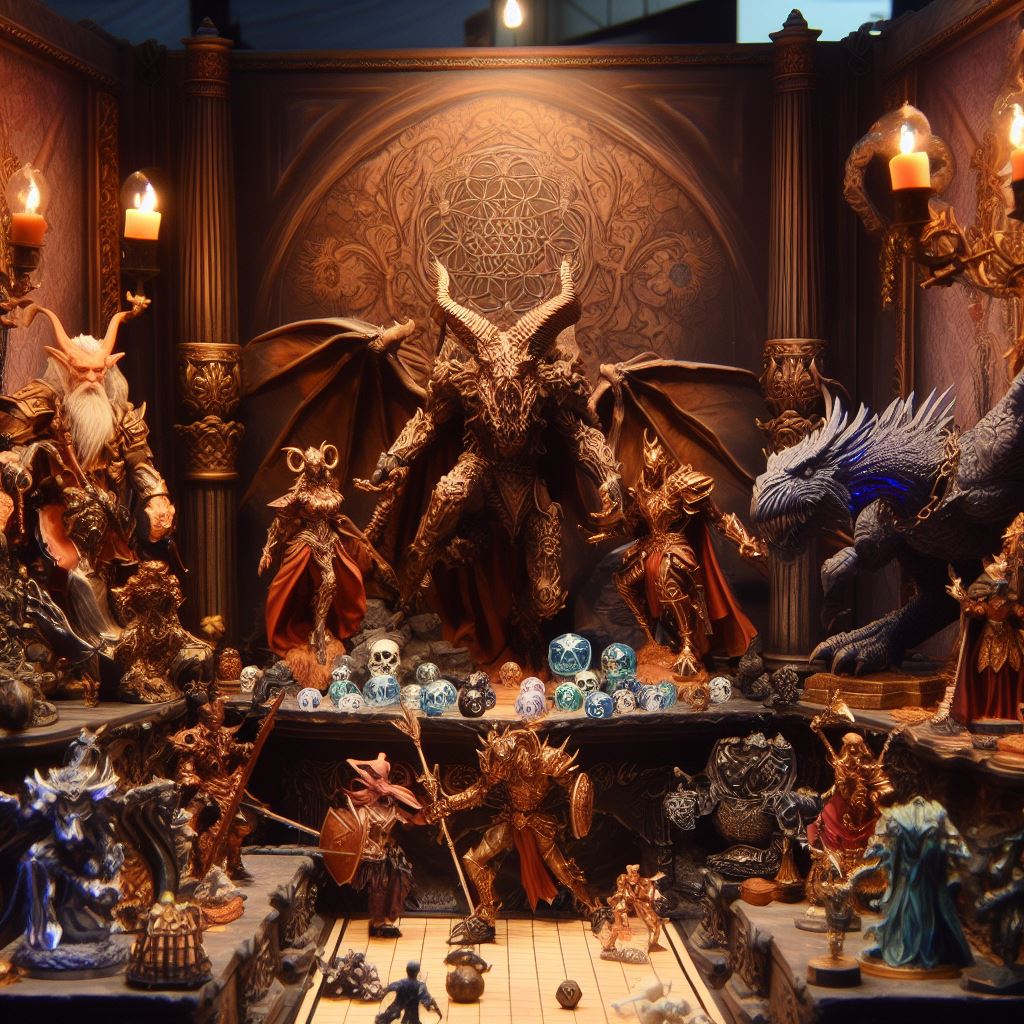
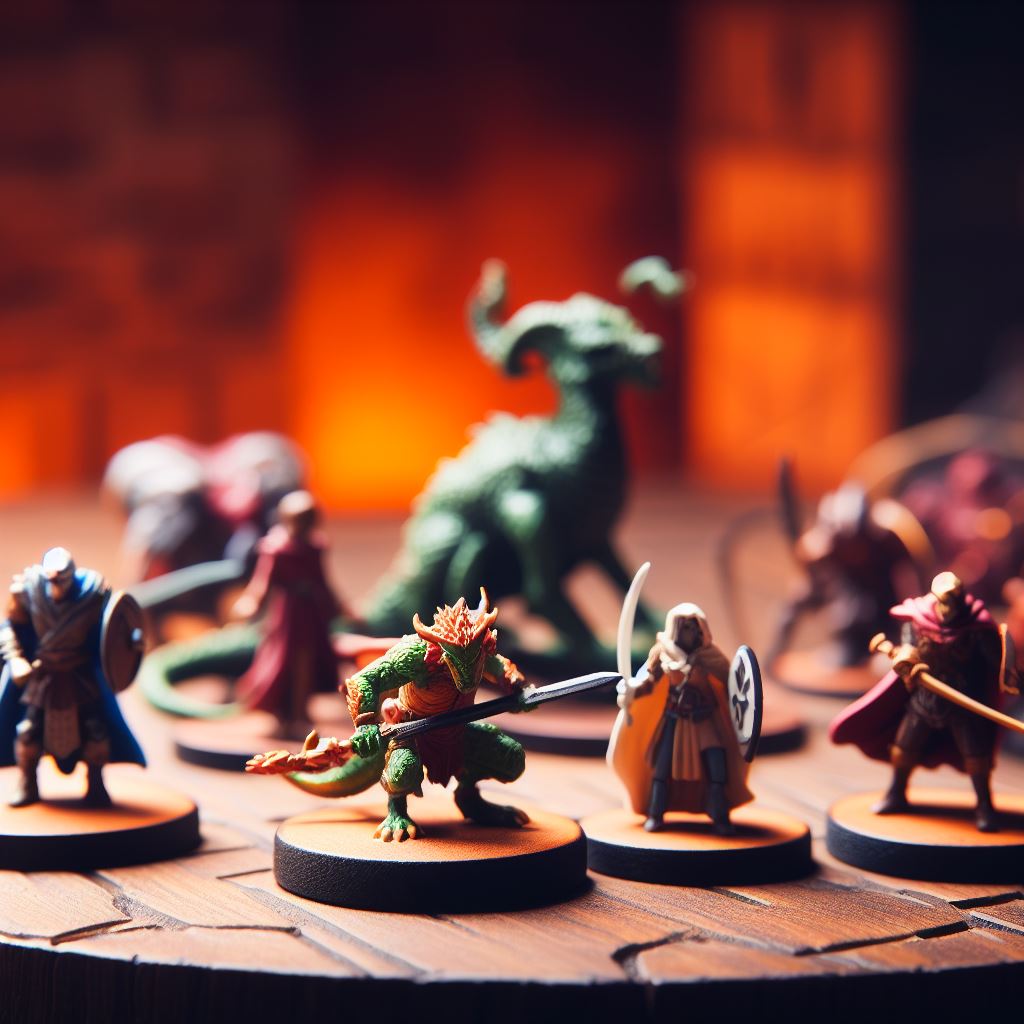
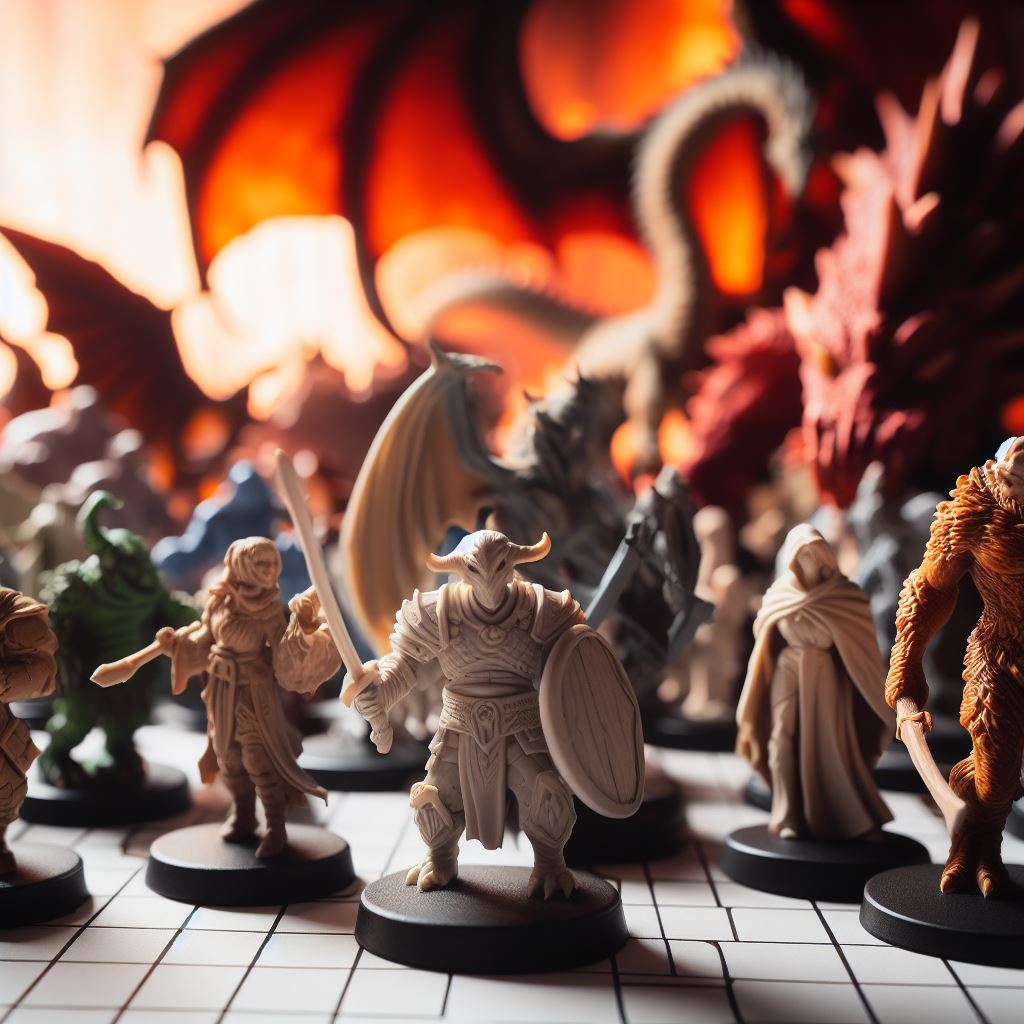
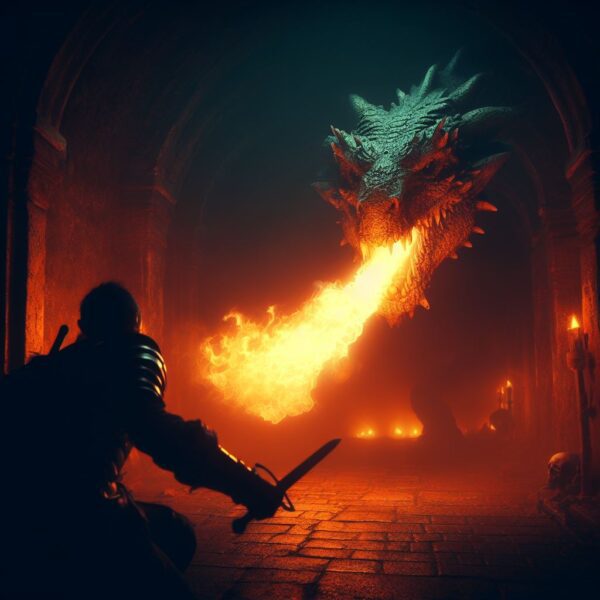
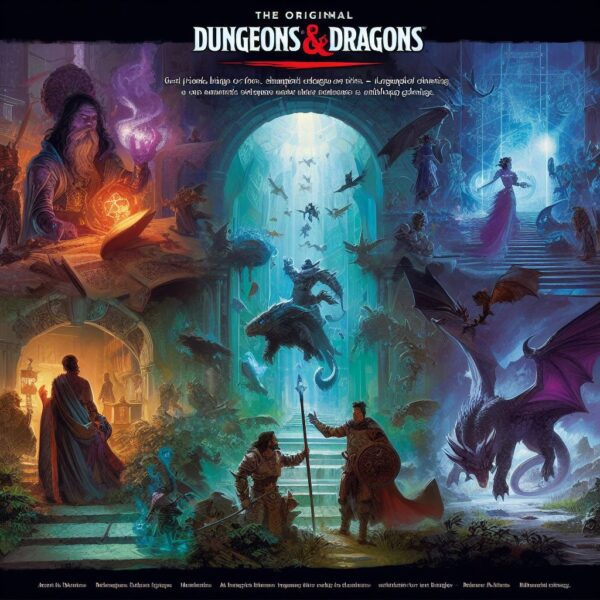

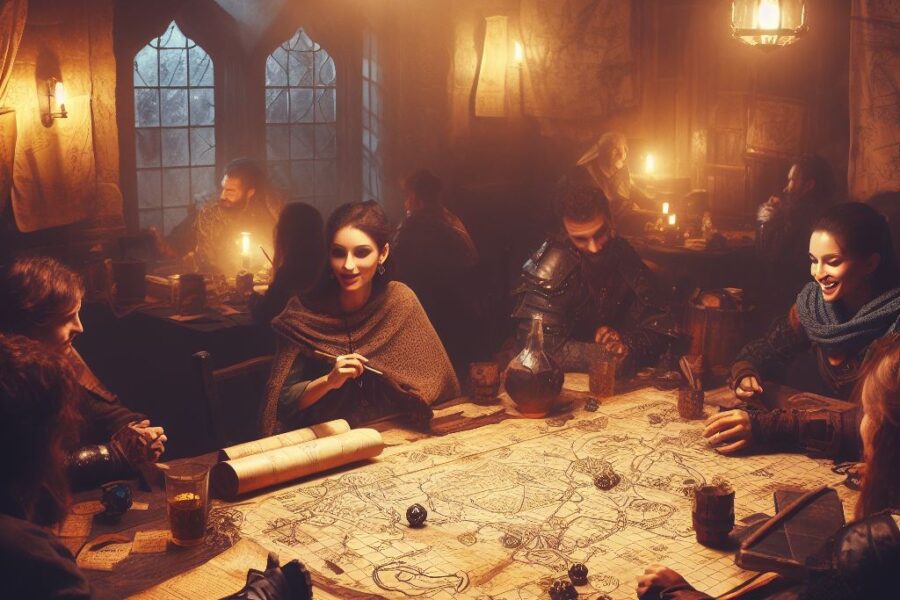
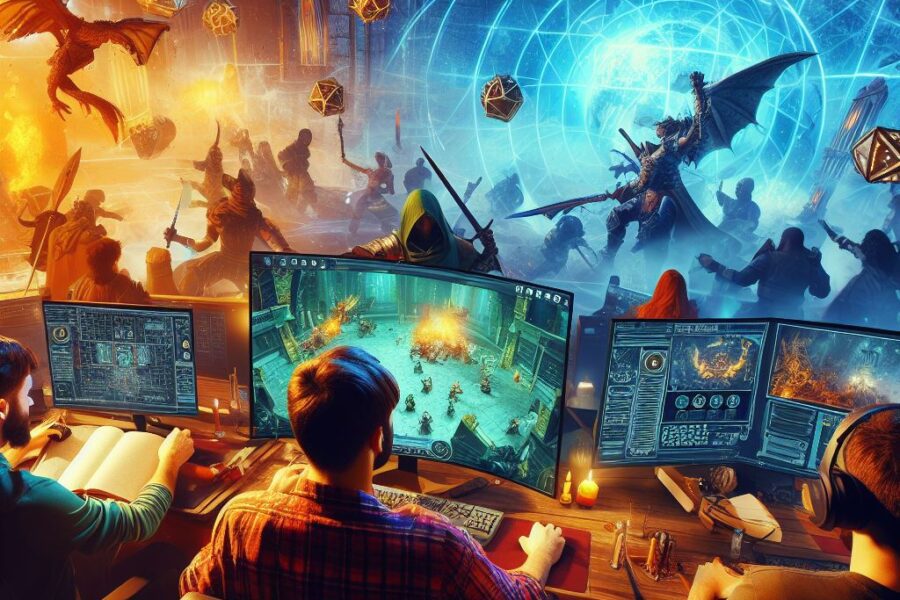
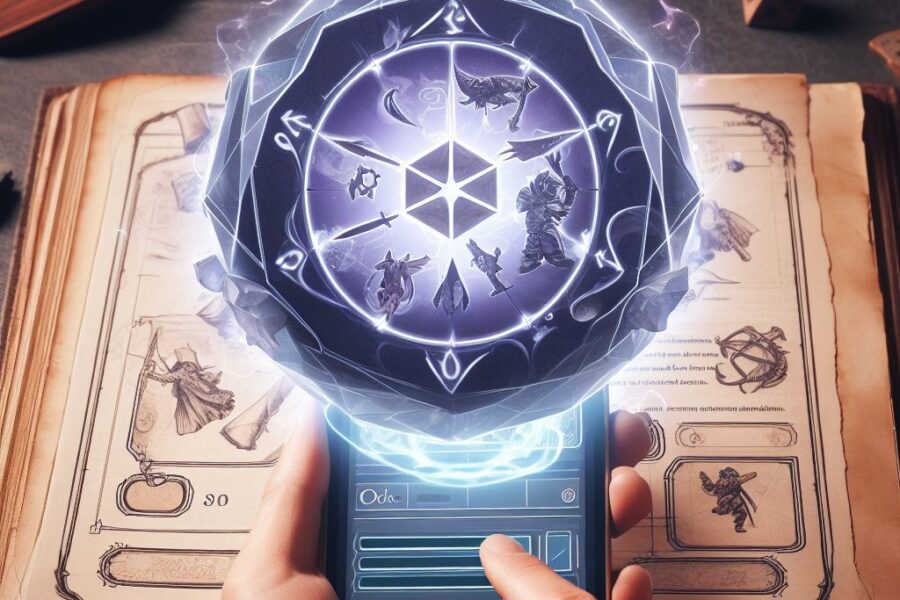
Sign up